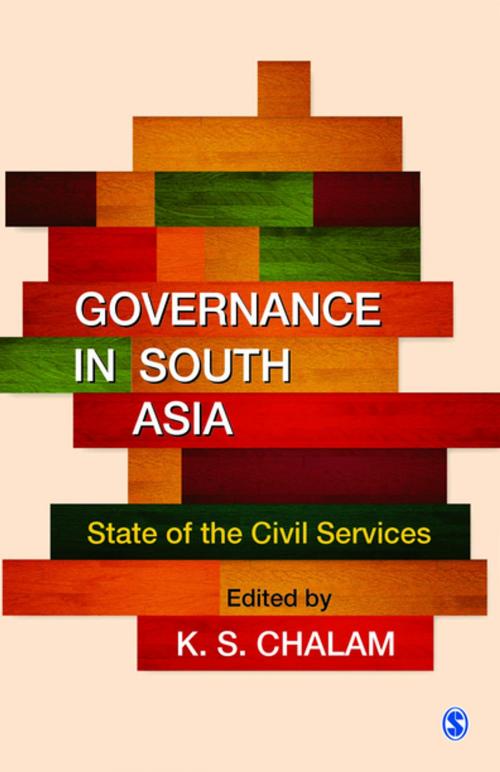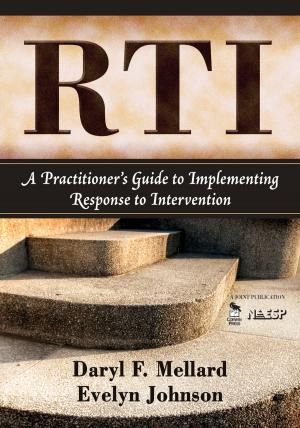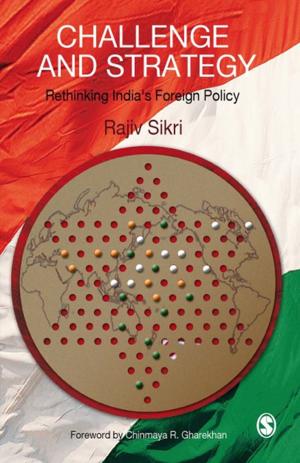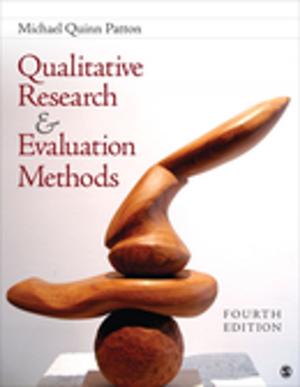Governance in South Asia
State of the Civil Services
Nonfiction, Social & Cultural Studies, Political Science, Politics, City Planning & Urban Development, Government, Public Affairs & Administration| Author: | ISBN: | 9789351504191 | |
| Publisher: | SAGE Publications | Publication: | July 9, 2014 |
| Imprint: | Sage Publications Pvt. Ltd | Language: | English |
| Author: | |
| ISBN: | 9789351504191 |
| Publisher: | SAGE Publications |
| Publication: | July 9, 2014 |
| Imprint: | Sage Publications Pvt. Ltd |
| Language: | English |
The book for the first time offers a comprehensive and contemporary account of the state of civil services in South Asia countries. It brings together experiences of former senior bureaucrats and critics from India and other SAARC nations to affirm the state of civil service and the need for reforms.
While there have been studies describing the character, structure and the progress of the administrative systems in South Asia, there is no comprehensive account on the region’s present bureaucracy. This book attempts to bridge that gap through 15 insightful chapters by experts and experienced bureaucrats. There is a general introduction too by the editor. The chapters have been divided thematically into four parts. The first two parts discuss the present state of civil service in India and possible reforms. The third part offers a comparative account of the functioning of civil service commissions in the SAARC nations. The fourth part has case studies based on on-the-job experience of bureaucrats from SAARC countries that describes how the system functions within the parameters of good governance.
The book for the first time offers a comprehensive and contemporary account of the state of civil services in South Asia countries. It brings together experiences of former senior bureaucrats and critics from India and other SAARC nations to affirm the state of civil service and the need for reforms.
While there have been studies describing the character, structure and the progress of the administrative systems in South Asia, there is no comprehensive account on the region’s present bureaucracy. This book attempts to bridge that gap through 15 insightful chapters by experts and experienced bureaucrats. There is a general introduction too by the editor. The chapters have been divided thematically into four parts. The first two parts discuss the present state of civil service in India and possible reforms. The third part offers a comparative account of the functioning of civil service commissions in the SAARC nations. The fourth part has case studies based on on-the-job experience of bureaucrats from SAARC countries that describes how the system functions within the parameters of good governance.















